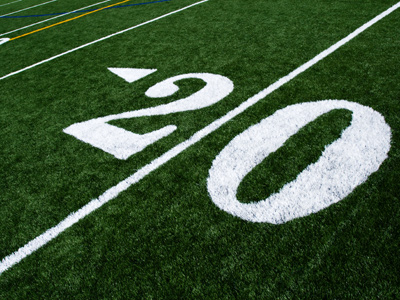
Ask the AI Tutor
Need help with Level 7-8 Algebra - Inequalities? Ask our AI Tutor!
AI Tutor - Lucy
Connecting with Tutor...
Please wait while we establish connection

Which numbers are less than 20?
Level 7-8 Algebra - Inequalities
Inequalities compare values using <, >, ≤, or ≥. Learn to solve, show solutions on number lines, and interpret real contexts in KS3 Maths.
1 .
< is the sign that means what?
Less than
Greater than
Less than or equal to
Greater than or equal to
This might help you remember which way the less than sign points: Less = Left (pointing)
2 .
> is the sign that means what?
Less than
Greater than
Less than or equal to
Greater than or equal to
The small end of the sign always points to the smaller number
3 .
≤ is the sign that means what?
Less than
Greater than
Less than or equal to
Greater than or equal to
Numbers that are < 6 are 5, 4, 3 etc; numbers that are ? 6 are 6, 5, 4, etc. Can you see the difference? If not then look again because it is important that you understand the difference between these signs
4 .
≥ is the sign that means what?
Less than
Greater than
Less than or equal to
Greater than or equal to
Remember, the arrow always points to the smaller number
5 .
If x > 3, what is the smallest integer that x can be?
2
3
4
5
x must be greater than three and the next integer after three is four
6 .
If x ≥ 19, which of the following numbers is not possible for the value of x?
18
19
20
21
18 is less than 19
7 .
If 4x + 3 < 15, which of the following expressions are incorrect?
4x < 15 - 3
4x < 12
x < 3
x > 3
When a number crosses over the < or > signs then it changes from positive to negative or vice versa
8 .
If 4x - 7 < 17, which of the following expressions are incorrect?
4x < 17 + 7
4x < 24
x > 6
x < 6
Values for x are less than 6
9 .
If 16x - 5 > 59, which of the following is correct?
16x > 64
16x > 59
16x < 59
16x < 64
It is extremely easy to mix-up < and > so be careful!
10 .
If 9x + 40 > 140 which of these is correct?
9x - 40 > 140
9x > 100
9x < 100
x > 20
If 9x + 40 > 140 then 9x must be > 100
**Unlimited Quizzes Await You! 🚀**
Hey there, quiz champ! 🌟 You've already tackled today's free questions.
Ready for more?
Ready for more?
🔓 Unlock UNLIMITED Quizzes and challenge yourself every day. But that's
not all...
not all...
🔥 As a Subscriber you can join our thrilling "Daily Streak" against other
quizzers. Try to win a coveted spot on our Hall of Fame Page.
quizzers. Try to win a coveted spot on our Hall of Fame Page.
Don't miss out! Join us now and keep the fun rolling. 🎉
**Unlimited Quizzes Await You! 🚀**
Hey there, quiz champ! 🌟 You've already tackled today's free questions. Ready for more?
🔓 Unlock UNLIMITED Quizzes and challenge yourself every day. But that's not all...
🔥 As a Subscriber you can join our thrilling "Daily Streak" against other quizzers. Try to win a coveted spot on our Hall of Fame Page.
Don't miss out! Join us now and keep the fun rolling. 🎉






